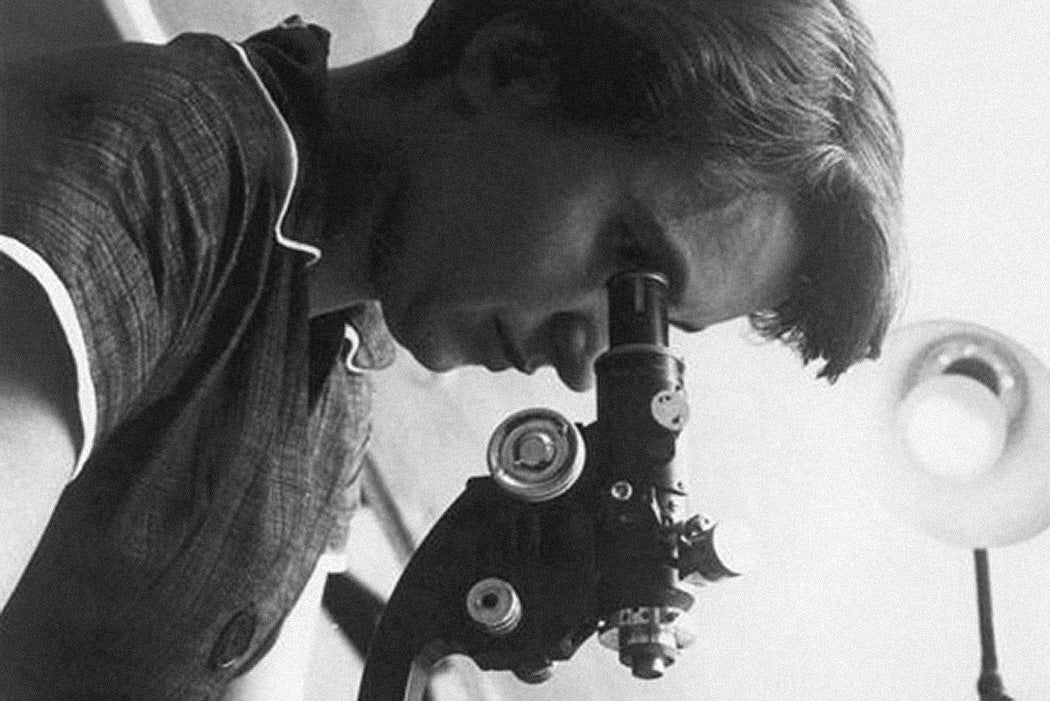The work of British chemist Rosalind Franklin (1920–1958) played an integral role in the discovery of the structure of DNA, but it took many years for Franklin’s contributions to be fully recognized. In 1962, four years after Franklin’s death, James Watson, Francis Crick, and Maurice Wilkins won the Nobel Prize for the discovery of the famous double helix. Wilkins, a colleague of Franklin, gave Watson and Crick several images that she produced before she published them. In his book years later, Watson actively downplayed Franklin’s role.
The episode is compelling evidence of sexism in the history of science, writes Michelle G. Gibbons in Philosophy of Science. But she argues that Franklin’s story has additional significance—it forces us to reevaluate our notions of how science works.
Gibbons describes how Franklin refined the process of x-ray crystallography, in which “x-rays are directed at a molecule with a photographic plate behind it” and the diffraction pattern is captured by the plate. Franklin developed new methods for extracting samples, designed a new camera, and came up with techniques for hydrating and dehydrating samples. She produced high-quality images, showing that DNA molecules appeared differently depending on the level of hydration: an A form and B form. The most famous image was Photograph 51, which clearly displays an X-shaped pattern produced by the B form of DNA.
The X-shape was evidence of a helical structure. Once they saw Photograph 51, Watson and Crick rushed to publish a paper on their model, incorporating the image. But the pattern in the A form images wasn’t as clear, and Franklin refrained from claiming that DNA always possessed a helical structure. Gibbons argues that their approaches represent two distinct ways of coming to a discovery.
“Rosalind Franklin’s research strategy was to avoid exactly the sort of speculation that Watson and Crick freely engaged in,” Gibbons writes. Watson and Crick relied on creating possible models and modifying them. Franklin wanted to find the structure of DNA in the data.
Gibbons writes that Franklin’s method doesn’t match up with common philosophical models of discovery. Philosophers such as Karl Popper and the positivists thought about scientific discovery as an “unfathomable leap of insight,” she writes. In this view, discovery is something that happens solely in the mind.
Weekly Newsletter
Scientific imaging forces philosophers to think about discovery differently, Gibbons argues. She suggests a hypothetical camera that a scientist uses to take an unambiguous image of a DNA double helix. In such an event, the structure of DNA would become known without any burst of insight in someone’s mind. To Gibbons, this means that “image making can itself constitute a form of discovery.”
Photograph 51 required interpretation, but it was visual evidence of a helical structure, and this constrained Watson and Crick’s speculations.
“Watson and Crick seemed to have subscribed to a view of science that valued heroic insight above all else,” Gibbons writes. In contrast, Franklin’s story reveals a model of scientific discovery that “involves many people, each contributing some, often small part to the process.”







